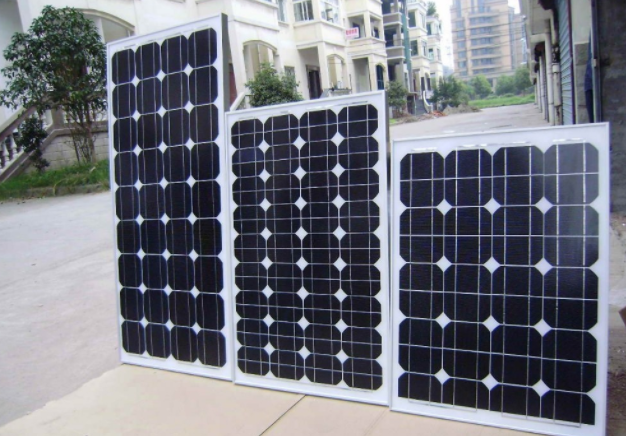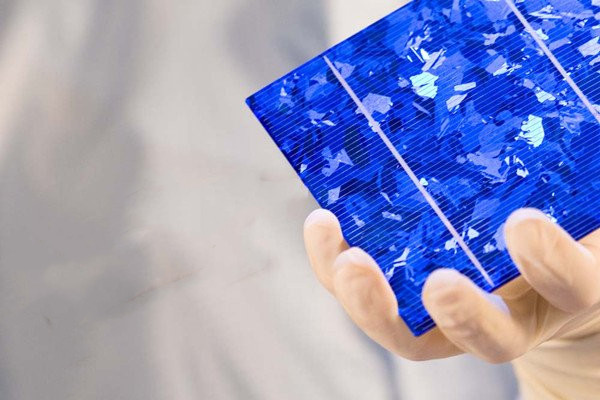
Quantum Efficiency Tester
PL/EL Integrated System
PV-Reflectumeter
3D Confocal Microscope
In-Line Four Point Probe Tester
Four Point Probe Tester
In-Line Thin Film Thickness Tester
Raman Spectrometer
FTIR Spectrometer
Spectrophotometer
Automatic Spectroscopic Ellipsometer
Contact Resistance Tester
Ultra depth of field 3D microscope
Auto Visual Tester
VMM PV Vision Measuring Machine
Solar Cell Horizontal Tensile Tester
Steady State Solar Simulator for Solar Cell
Solar Cell UV Aging Test Chamber
Solar Cell Comprehensive Tensile Tester
Visual Inspection Tester
Wet Leakage Current Tester
PV Module EL Tester
PV Module UV Preconditioning Chamber
Steady State Solar Simulator for PV Module
Current Continuous Monitor
Potential Induced Degradation Test
Bypass Diode Tester
LeTID Test System
Reverse Current Overload Tester
Impulse Voltage Tester
Hipot Insulation Tester
Ground Continuity Tester
Hipot Insulation Ground Tester
Damp Heat Test Chamber
Humidity Freeze Test
Thermal Cycle Test Chamber
Dynamic Mechanical Load Tester
Static Mechanical Load Tester
Hail Impact Tester
Robustness of Termination Tester
Module Breakage Tester
Cut Susceptibility Tester
Peel Shear Strength Tester
Universal Testing Machine (Single-arm)
Universal Testing Machine (Double-arm)
Glass Transmittance Tester
Acetic Acid Test Chamber
EVA Degree of Crosslinking Test System
Junction Box Comprehensive Tester
Drop ball tester
Semi-automatic scanning four-probe tester
Stylus Profilometer
Maximum Power Point Tracker
Perovskite Glass Transmittance Tester
Perovskite P1 Laser Scribing Multifunctional Testing Machine
Perovskite Online PL Tester
Perovskite Online Sheet Resistance Tester
Online Perovskite Film Thickness Tester
Perovskite Process Inspection Workstation
Portable IV Curve Tester
Portable EL Tester
Portable Thermal Imaging Tester
Solar Module Multi-Channel Testing System
PV Inverter Power Quality Tester
Drone EL Tester
IV Tester
IVEL Cell Sorting Machine
Monocrystalline and Polycrystalline Silicon
Date : 2023-12-29Views : 105
Everyone knows that solar panels are divided into monocrystalline, polycrystalline and amorphous silicon. Most solar panels now mainly use monocrystalline and polycrystalline as materials. Today Millennial Solar has compiled some knowledge points about monocrystalline silicon solar cells and polycrystalline silicon solar cells to share with you.
![]()
Monocrystalline silicon and polycrystalline silicon solar cells
Monocrystalline silicon solar cells are solar cells that use high-purity monocrystalline silicon rods as raw materials. They are currently the fastest developed type of solar cells. Its structure and production process have been finalized, and the product has been widely used in space and ground.
Polycrystalline silicon solar cells are a new generation of cells that combine the high conversion efficiency and long life of monocrystalline silicon cells with the relatively simplified material preparation process of amorphous silicon thin film cells. The conversion efficiency is generally about 17-18%, which is slightly lower than that of single-crystalline silicon solar cells. Crystalline silicon solar cells have no obvious efficiency degradation problem and can be produced on cheap substrate materials. Their cost is much lower than that of monocrystalline silicon cells and their efficiency is higher than that of amorphous silicon thin film cells.
Simply put, the difference between monocrystalline silicon and polycrystalline silicon lies in their atomic structure arrangement. Single crystal is arranged in an orderly manner, while polycrystalline is arranged in a disordered manner. This is mainly determined by their processing technology. Polycrystalline is mostly produced by casting method. , which means directly pouring silicon material into a crucible to melt and shape, while single crystal adopts Siemens method to improve Czochralski. The Czochralski process is a process of reorganization of atomic structure. To our naked eyes, the surface of monocrystalline silicon looks the same, while the surface of polycrystalline silicon looks like there are a lot of broken glass inside, making it sparkly.

![]()
Main difference
Price: The cost of monocrystalline solar panels for sale is relatively high compared to polycrystalline solar panels for sale. You should conduct a careful cost-benefit analysis and determine your budget to make the right choice for you.
Efficiency: One of the main advantages of monocrystalline solar panels is their high efficiency. These products are made from high-quality silicone with a single-crystal structure. Therefore, the resistance of current flow in these cells is minimal. On the other hand, while one of the advantages of polycrystalline solar panels is their lower price, they are also less efficient (between 14% and 16%) due to reduced silicon purity.
Lifespan: When you compare the initial installation costs between monocrystalline and polycrystalline solar panels, you should also look at the average lifespan of each type of panel. Monocrystalline solar panel manufacturers typically offer a 25-year warranty because the product lasts longer. Polycrystalline solar panels do not differ much in this lifetime parameter, but the warranty period provided by the manufacturer may vary.
Temperature coefficient: In warm weather, monocrystalline solar panels can provide higher efficiency due to their higher temperature coefficient. As the temperature increases, the output degradation of monocrystalline panels is lower. If you live in an area with longer, warmer summers, you should carefully consider the temperature coefficient of the solar panels you choose.
Appearance: The aesthetic appearance of a solar panel depends on one's personal sense of aesthetics. But many users find that polysilicon's speckled blue tint is less easy on the eyes. Therefore, they may prefer monocrystalline solar panels as they find them more uniform in appearance and therefore aesthetically preferable.


































































